The 1954 Chevrolet 3100 wasn’t built to turn heads—it was built to get things done. But somewhere between its curved fenders, clean lines, and dead-simple mechanics, it ended up doing both. This was the final year before Chevy shook things up in ’55, and it shows. It’s a truck caught between eras—refined just enough to feel modern, but still anchored in postwar grit.
Whether you’re looking at it through the lens of design, engineering, or plain old utility, the ’54 3100 has more going on than you might expect. Let’s take a closer look.
Final Year for the “Advanced Design” Series
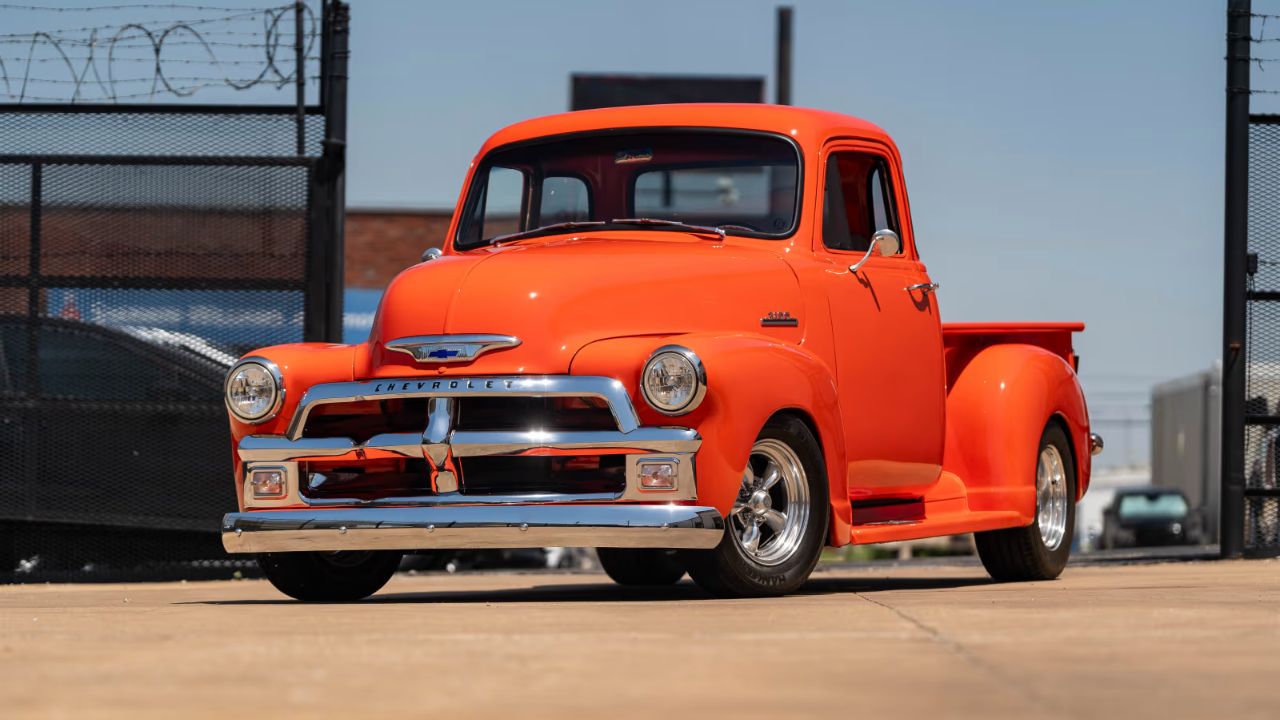
1954 marked the last model year for Chevy’s “Advanced Design” light-duty trucks before the big shift in ’55. The 3100 still carried that rounded cab and signature five-bar horizontal grille, but this year introduced a new one-piece curved windshield. It looked cleaner and helped visibility—small change, but a solid one.
Chevy made subtle updates for the final run, including a revised dashboard layout and new steering wheel design. These tweaks weren’t flashy, but they made the cabin feel a bit more modern without losing the truck’s simple charm. You could tell something new was coming.
Upgraded Power: The 235 Inline-Six
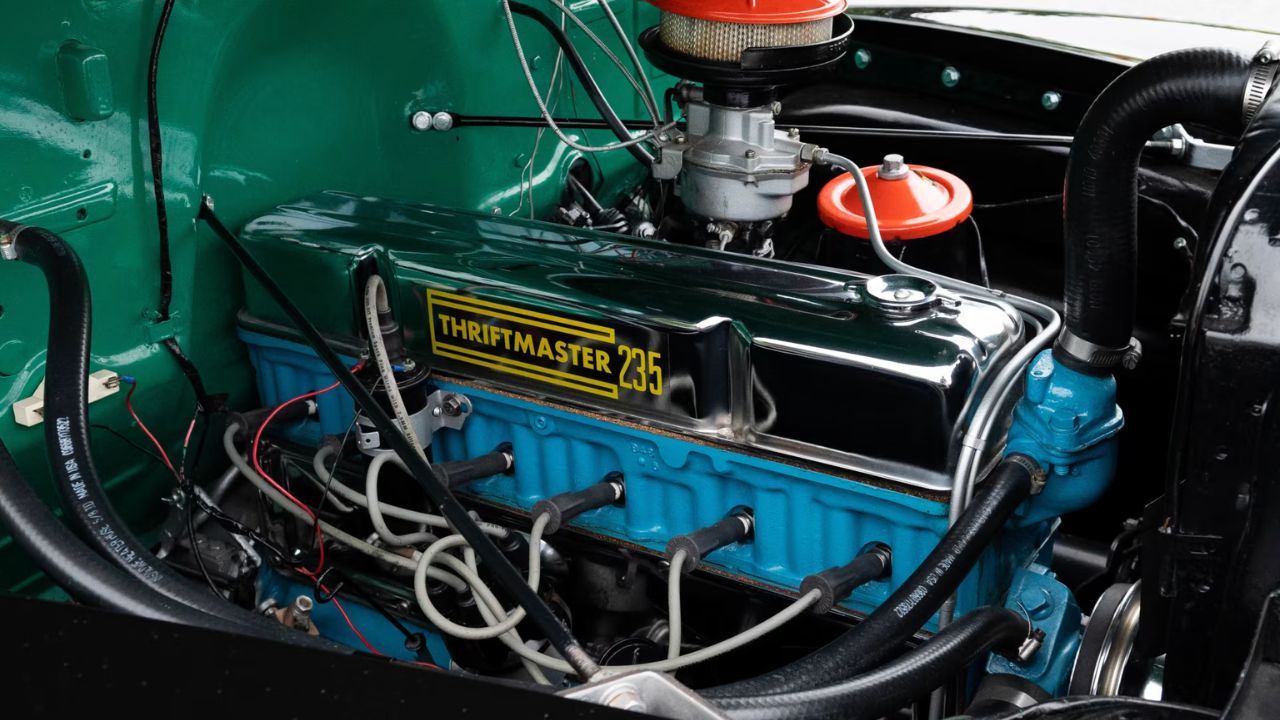
For 1954, Chevy gave the 3100 a serious bump under the hood. The standard Thriftmaster 216 was replaced by the 235.5-cubic-inch “Blue Flame” inline-six. With a higher compression ratio and better breathing, it made 112 hp with the manual and 115 hp if you got the Hydra-Matic.
It wasn’t just about more power—it ran smoother too, thanks to full-pressure lubrication. That made a difference in daily driving, especially for owners using the truck for work. It handled stop-and-go jobs better, and it could run longer without drama.
Optional Hydra-Matic Transmission
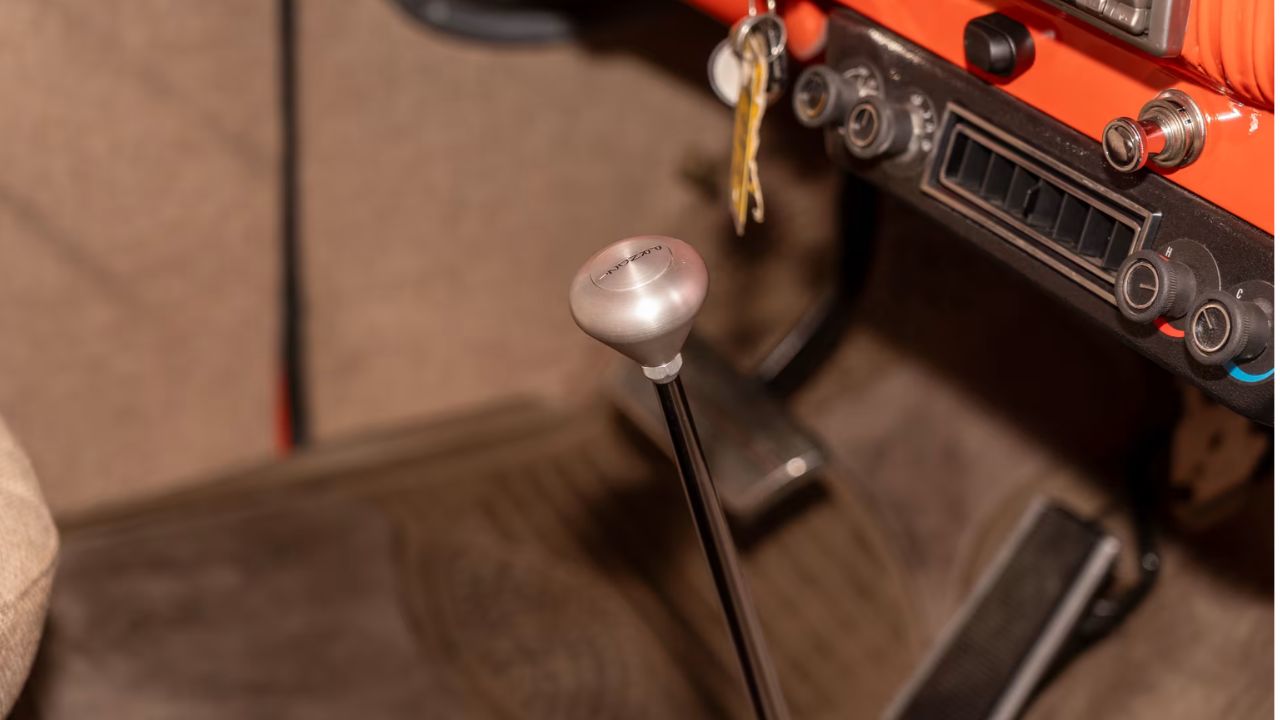
This was the first time you could get Chevy’s four-speed Hydra-Matic automatic in a half-ton pickup. Most trucks still had the 3-speed manual, but for buyers who wanted less hassle, this was a solid option—especially if the truck doubled as a city hauler.
The Hydra-Matic gave the 3100 a different character—less mechanical, more relaxed. While shifts weren’t exactly silky by modern standards, it was a big step toward user-friendliness. For a truck that straddled work and everyday use, this transmission changed the game.
New Grille, Same Attitude
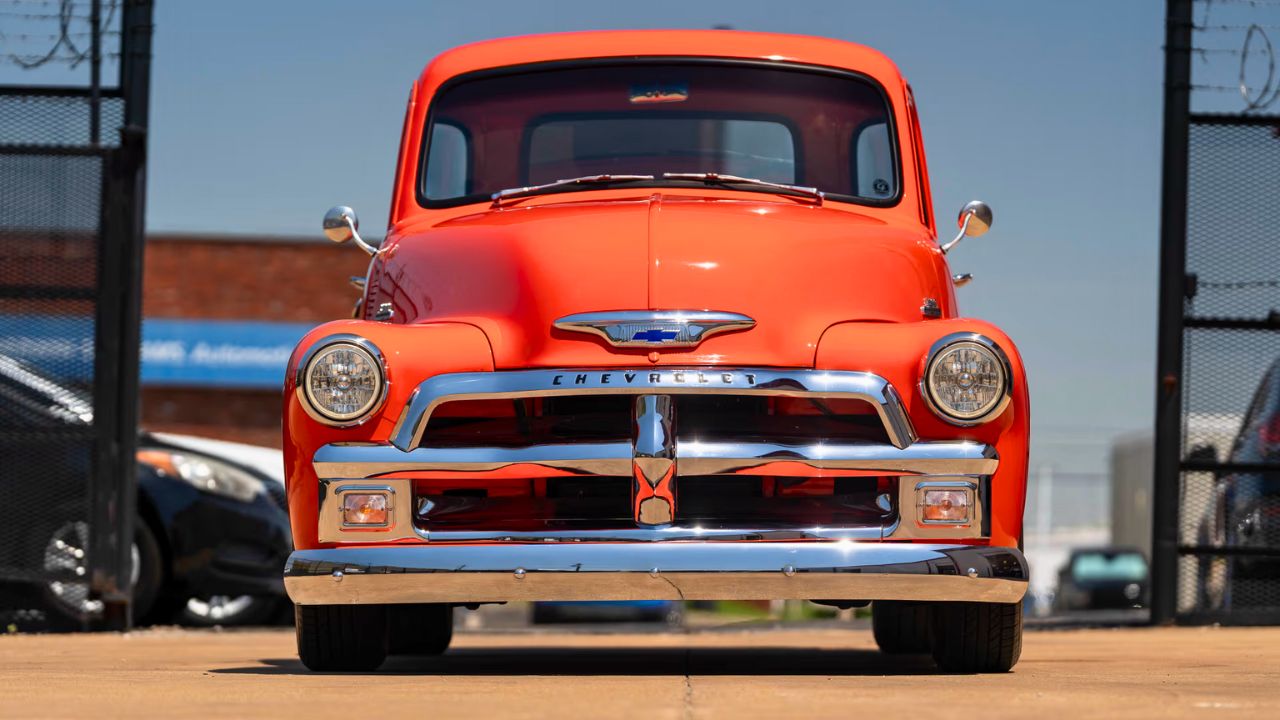
The five-slat grille in 1954 was a new design that gave the truck a wider, flatter face. Gone were the previous grille teeth—this version looked more refined, even if it still had that familiar Chevy stance. It was subtle, but not invisible.
It also helped mark the end of an era. The grille is one of the fastest ways to ID a ’54, especially since most body lines stayed the same. It didn’t scream for attention, but it set the truck apart from earlier years in a way that stuck.
Suspension Built for Work and Ride
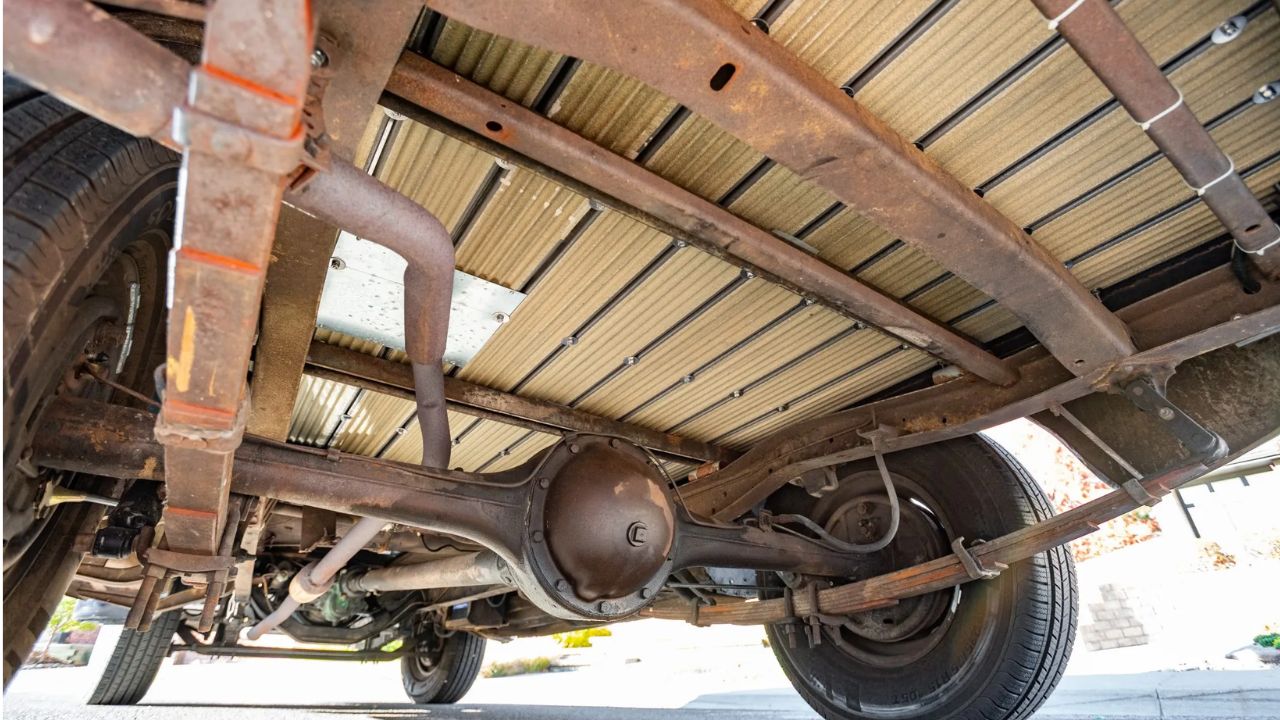
The 3100 used a straight front axle and leaf springs up front and out back. It wasn’t cutting-edge even then, but it worked. These trucks could carry loads without squatting too hard, and the ride—while firm—wasn’t punishing on regular roads.
What made it work was balance. Chevy tuned the spring rates well enough to keep it comfortable when empty, but stiff enough to stay level with a bed full of gear. It’s easy to see why this setup stuck around for so long.
Column Shifter Takes Over

The 1954 model ditched the old floor-shift manual and moved the gear lever to the steering column. It gave the cab more room and made entry and exit a little easier, especially if you were hopping in and out often on a job site.
Shifting was still mechanical and deliberate, but the layout cleaned things up. It also let Chevy prepare for automatic options like the Hydra-Matic, which fit better with this setup. A small change, but one that had a ripple effect.
The Dashboard Got an Update
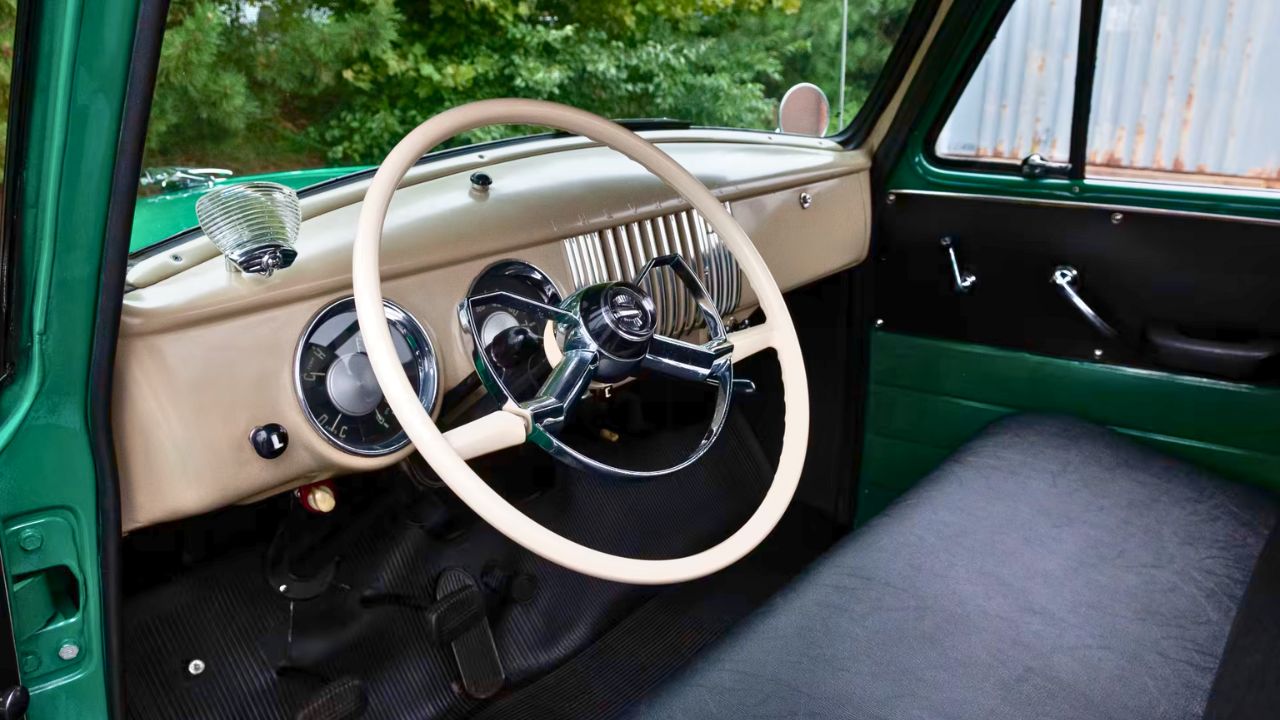
Chevy simplified the dash for ’54, trimming it down and centering the gauges in a cluster right behind the wheel. It wasn’t a total redesign, but it helped declutter the cabin and made essential info easier to read while driving.
The speedometer, fuel, oil pressure, temp, and ammeter were all right there. No nonsense, just what you needed. It was a driver-focused layout that quietly improved functionality without calling attention to itself.
Interior Still Kept It Basic
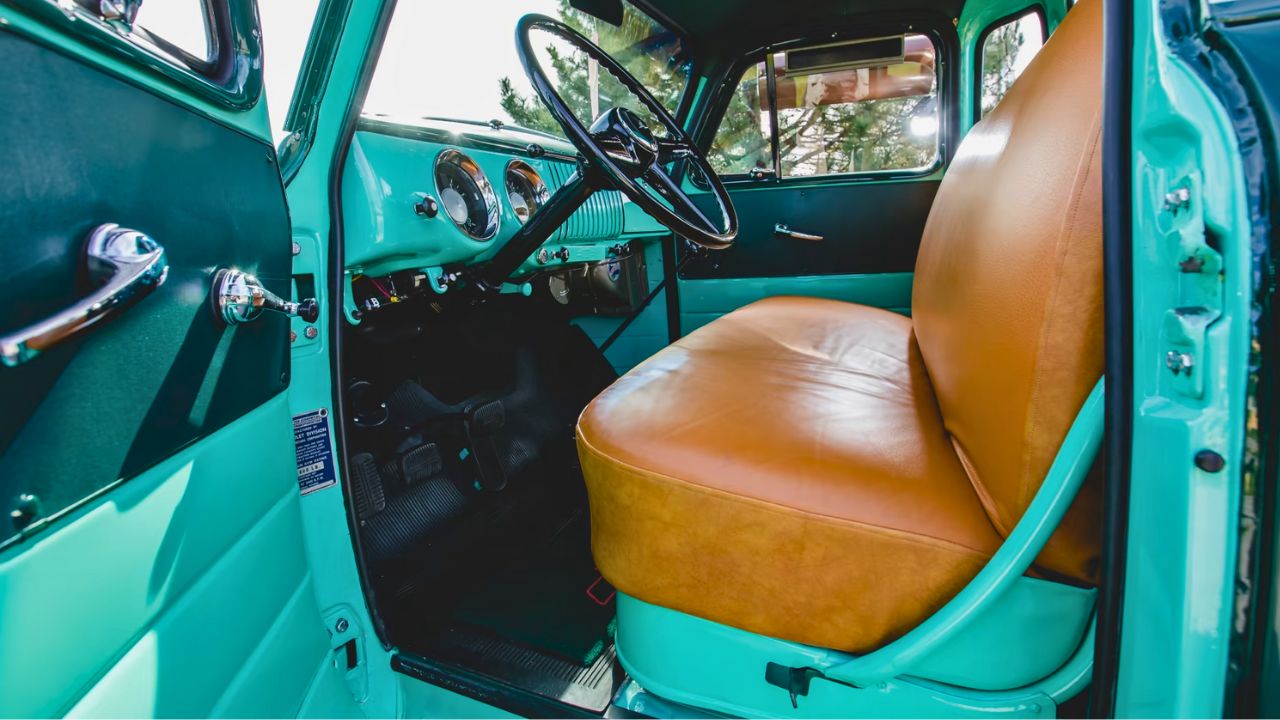
Don’t expect luxury—this was a work truck first. But Chevy gave the 3100 a decent bench seat with good padding, durable vinyl upholstery, and enough space for two adults and a lunchbox. Headliner and door panels? Minimal, but they got the job done.
What it lacked in fluff, it made up for in usability. The controls were laid out logically, the footwell had room, and visibility was solid. This wasn’t about impressing passengers—it was about keeping the guy behind the wheel comfortable all day.
Cargo Bed Meant Business
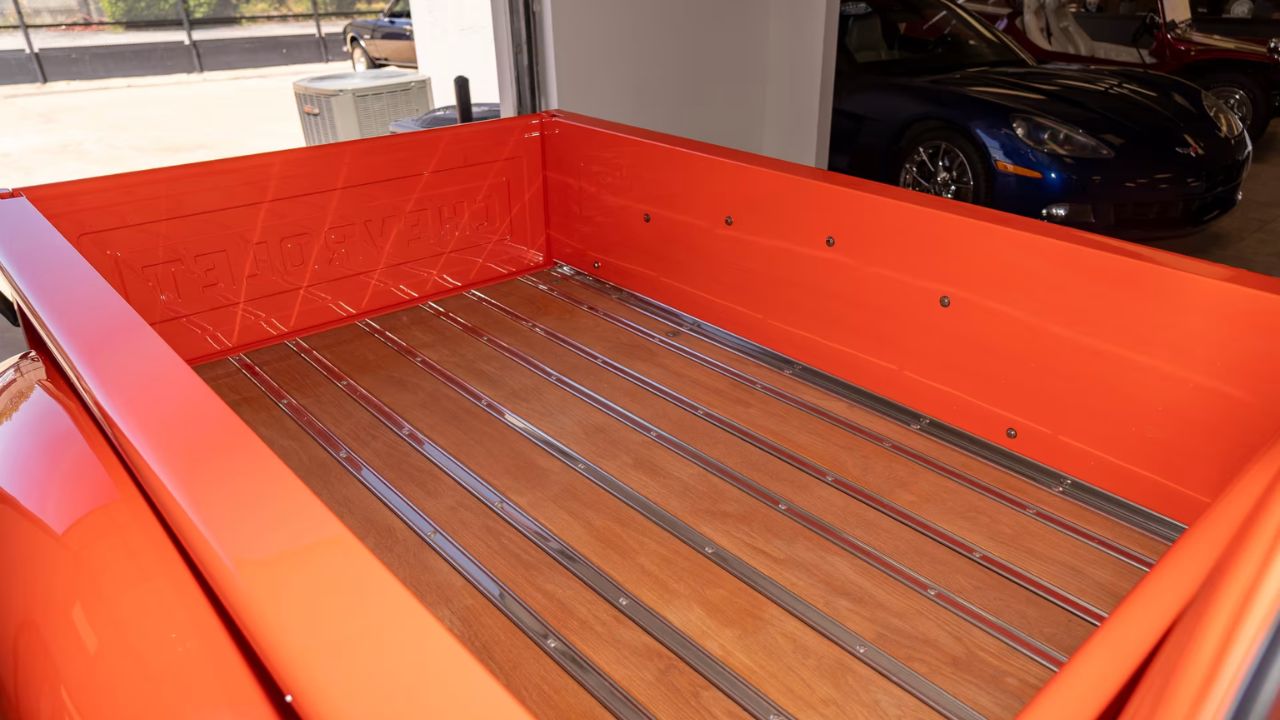
The 3100 came with a 6.5-foot bed, wooden planks, and steel skid strips. It wasn’t just for looks—those hardwood floors were tough enough to handle daily loads and easy to replace if they wore out. Simple, practical, and built to take a beating.
The tailgate was chains-and-latch, and the fenders were the familiar stepside design. Nothing was overbuilt, but everything had a purpose. It was the kind of setup that made sense whether you were hauling fence posts or sacks of feed.
The 3100’s Legacy Held Up
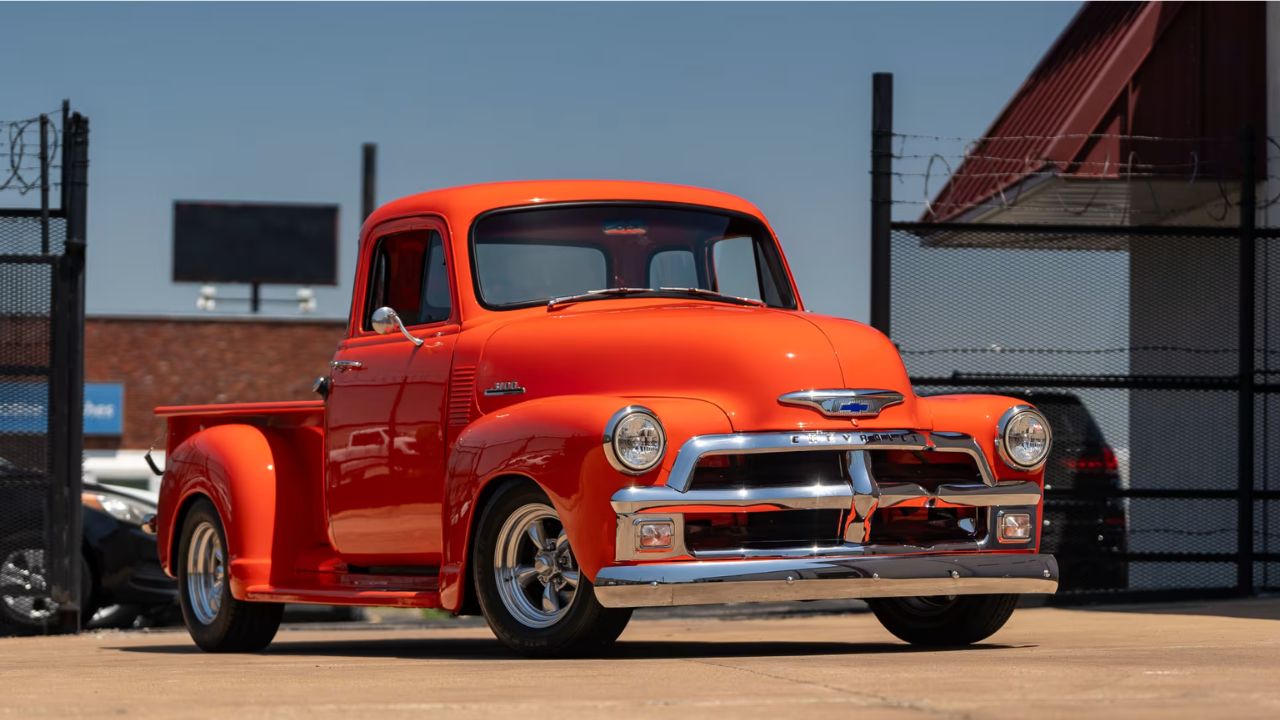
This was the last 3100 before Chevy redesigned the line entirely. The ’54 might not be the flashiest in the series, but it’s one of the most balanced—refined just enough, still pure in its purpose. It’s that in-between year that quietly tied the old to the new.
Collectors like it because of that transitional vibe. It’s not overdone, not undercooked. Just solid. And if you find one that’s been cared for—or even better, lightly restored—it’s a reminder of how Chevrolet kept things simple without cutting corners.
Like what you read? Here’s more by us:
*Created with AI assistance and editor review.


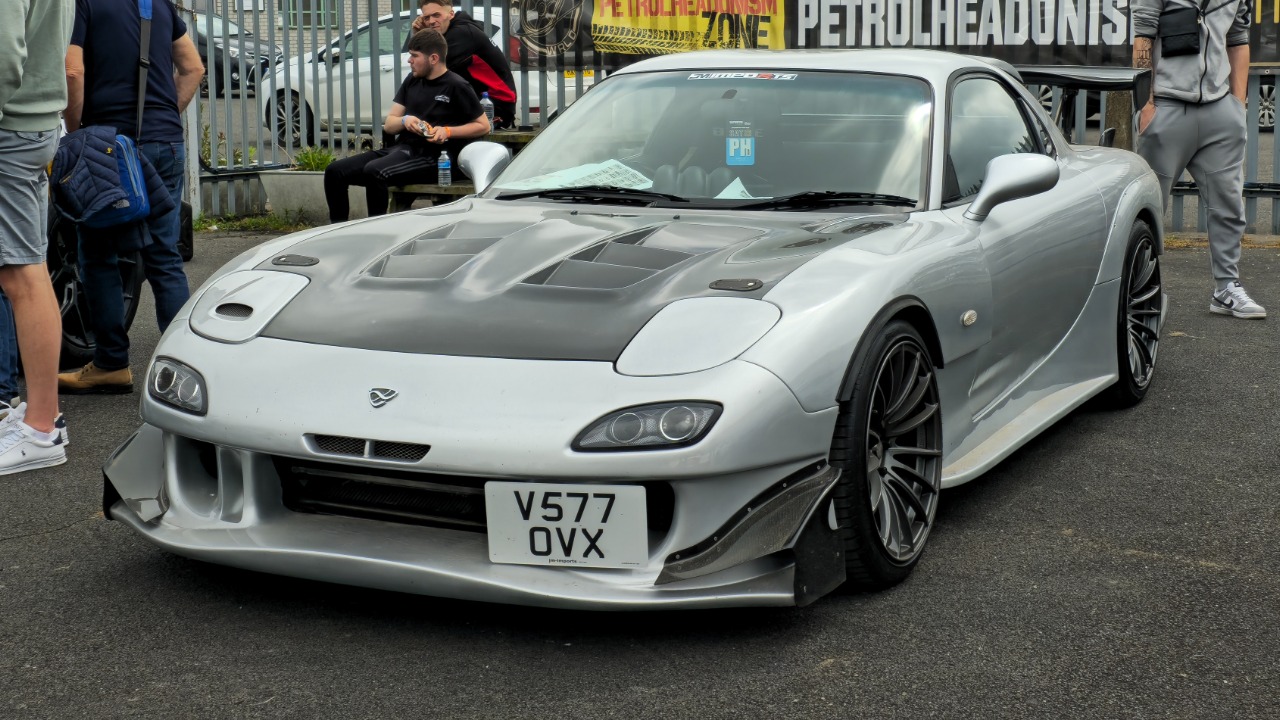


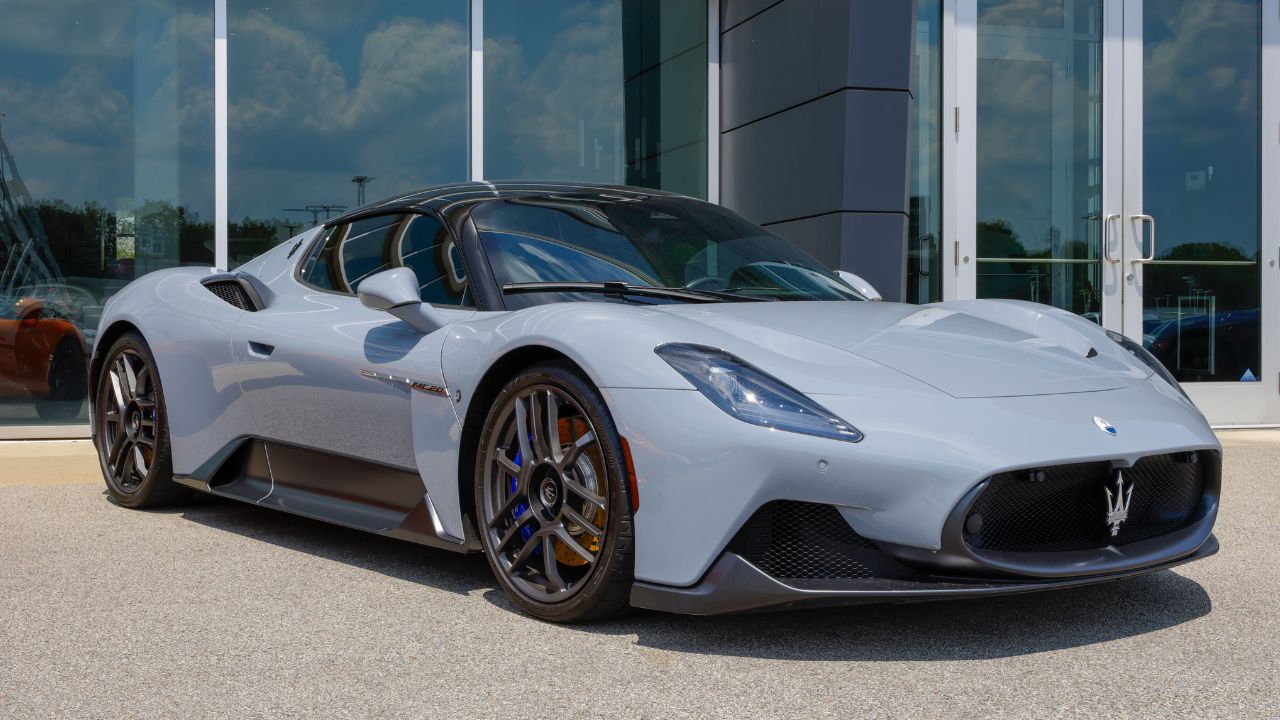

Leave a Reply